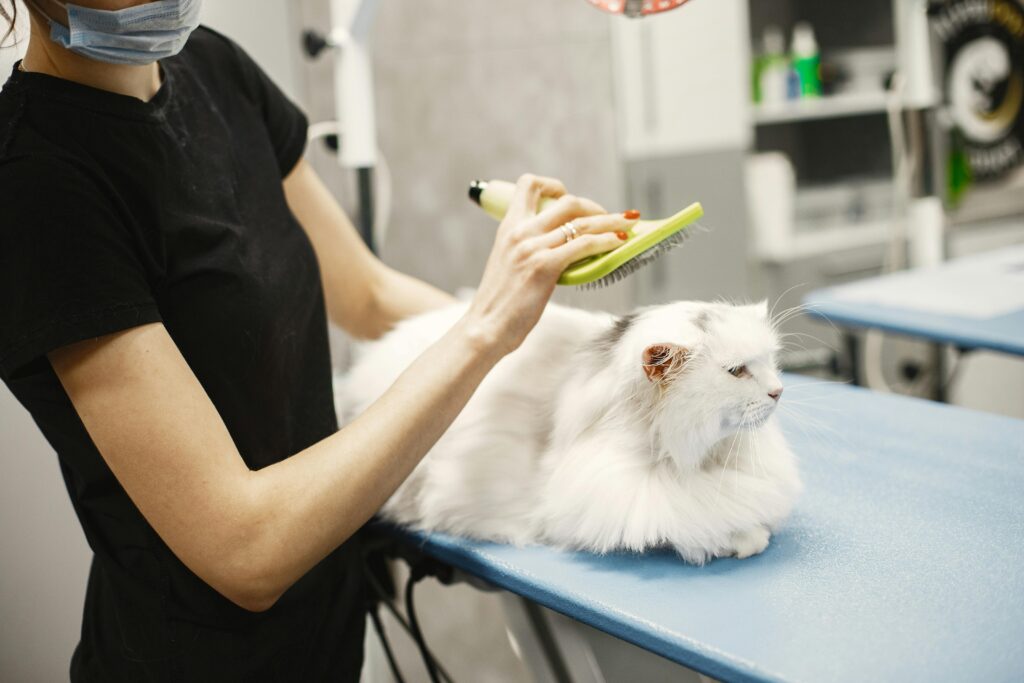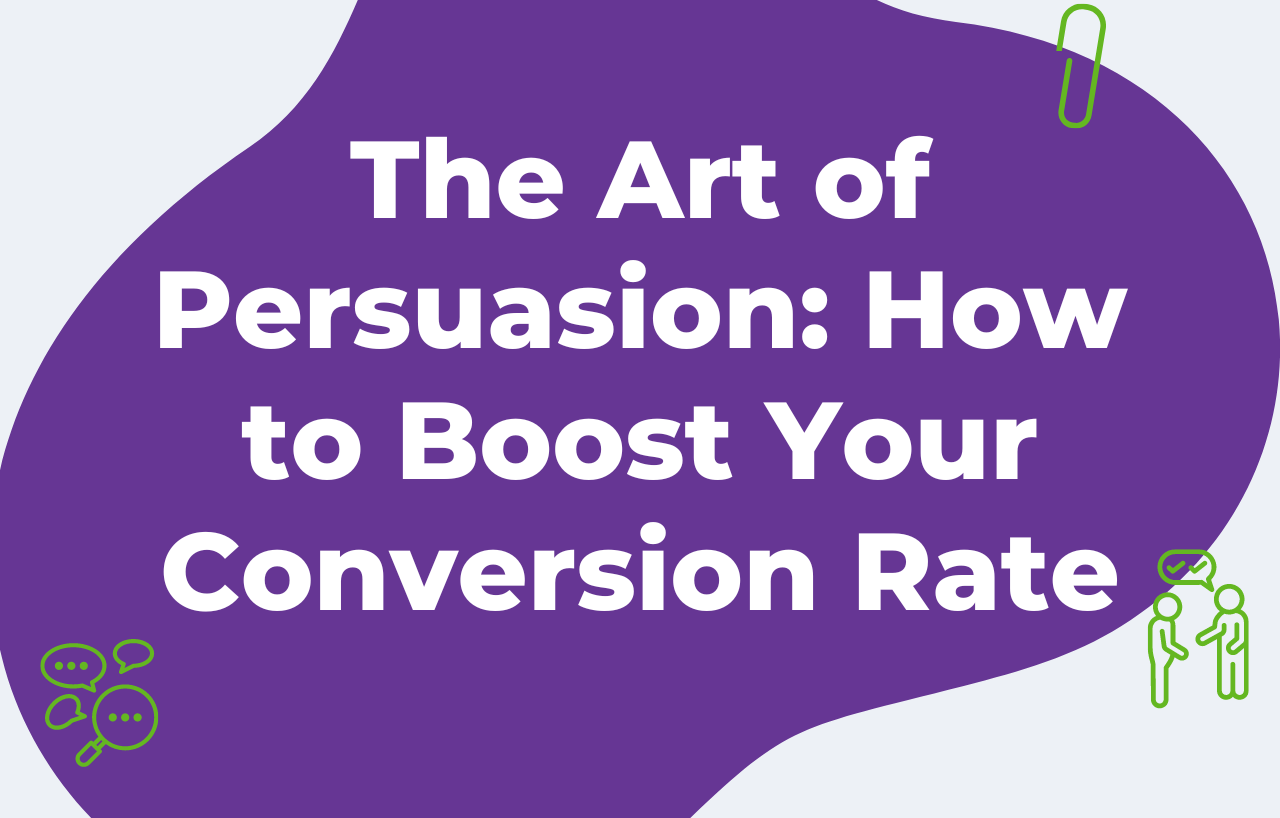As a veterinarian, you know better than anyone how much we all adore our furry, scaly, or feathery family members. And you also know how important it is for pet owners to make sure their animals receive the highest level of care possible.
To find a vet, most people will go to search engines like Google to perform a quick search. They might type in something like: “veterinarians near me” to find a practice in their area.
But not just any vet will do! Just like they’d want their loved ones to be seen by the very best doctors, they want to take their pets to the best veterinarian in town (and that’s you!).
That’s why you want your practice to be one of the first ones to show up in the Google search results. The secret to this visibility lies in Search Engine Optimisation, better known as SEO.
A strong SEO strategy, with a special focus on local SEO, is one of the best things you can do to draw in new customers.
Right now, you might be saying to yourself: “That sounds great and all, but I don’t know the first thing about SEO.”
That’s where we come into the mix. Our job is to fill you in on everything you need about SEO. By the end of this blog post, you’ll know exactly how to use SEO to make your practice the most popular one for miles around.
Ready to get started? Great—let’s go!
So…what is SEO anyway?
First things first, let’s clear up what SEO even means (don’t panic—it’s not nearly as complicated as you might think!).
In simple terms, SEO is all about getting search engines like Google to recognise what the content you create is about. When users search for a product or service, Google scours online content to match them with the business they need based on the terms they searched for.
When you optimise your website for SEO (more on how to do this later), Google prioritises it and gives it a higher position in search engine results pages (SERPs). And the higher your website is listed in SERPS, the more likely people looking for your services will discover it.
But the power of veterinary SEO doesn’t stop with your website—all your content can be optimised for search engines, from blog posts and videos to online ads and landing pages and beyond!

What are the different components of SEO?
We’re glad you asked! There are several components of SEO, each with a big part to play in boosting your business’s online visibility.

1. Keyword research
Keyword research is the guiding star of SEO. And the best part is—it’s easy to get up to speed, even if you’ve never done it before!
It’s simply the process of finding the words and phrases that people type into search engines when they’re looking for veterinary services like yours.
Then, you can sprinkle these keywords and phrases into your content to boost your visibility.
Examples of keywords and phrases local pet owners might search when looking for a veterinarian in their area include:
- Veterinarians near me
- Best veterinarians in [your location]
- Emergency vet clinic in [your location]
- Best dog veterinarians
These are just a few basic examples—the keywords you use will be based on the specific veterinary services you offer. There are plenty of handy tools you can use for keyword research, including Google’s Keyword Planner, Surfer SEO, and Semrush’s Keyword Magic Tool.
Remember to focus on keywords that are popular in your area because most of your customers are likely to live locally. (More on this later.)
Oh! And it’s also very important to avoid keyword stuffing. By this, we mean cramming in as many keywords as possible, or adding the same keyword or phrase too many times throughout your content—even if it’s not needed or doesn’t really make sense.
This is a big no-no from Google. Instead, naturally working in each keyword once or twice on every web page, blog post, etc. will do the trick! Remember: you don’t just want your content to rank on SERPS, you want it to connect with pet owners in your area and attract them to your practice.

2. Mobile optimisation
These days more searches are done on mobile devices than on desktops, with over 54% of all traffic on the web coming from mobile devices. By the way, that’s three times the number it was ten years ago.
But what this really means is that if your website isn’t optimised for mobile, you’re missing out on some big opportunities to get your business in front of potential customers.
Here are some quick tips for optimising your veterinary website for mobile:
- Optimise page loading speeds. The ideal website load time for mobile sites is 1-2 seconds.
- Compress all images (without losing quality). This will help improve overall page load speed.
- Design with touchscreens in mind. Think large, easy-to-tap buttons, for example.
- Don’t use small fonts. Larger fonts are easy to read, even while on the move!
- Ensure simple navigation. Remember, you have limited space for a large menu.
- Keep contact forms short and sweet. Limit the number of input fields to three or fewer.
- Avoid pop-ups. These don’t just look bad, they’re very frustrating for mobile users!
Remember, Google wants to give its users a great experience every time. That’s why it always prioritises mobile-friendly websites by giving them a higher spot in its search results.
3. Local SEO
Local SEO is an SEO strategy that focuses specifically on making your business appear in local search results.
As a veterinarian, this is particularly important for reaching potential customers in your community, who are within easy travelling distance to your veterinary clinic.
Here’s everything we recommend for your local veterinarian SEO strategy:

#1 Create a Google Business Profile
If you don’t already have a Google Business Profile (GBP), it’s time to take the leap. To get started, you’ll need to have your business verified by Google.
Once you get the go-ahead, it’s time to add all your up-to-date business details, including your business name, address, phone number, opening hours, website, etc. It’s also a good idea to include updated photos of your veterinary practice and some of the recent four-legged patients you’ve treated.
Once you’ve made your new profile, you can use Google Business Analytics to track your website performance. This is a super handy tool for getting insights about how well your website and marketing campaigns are performing, so you can make date-driven decisions to refine them going forward.
#2 Add your business to local directories
Along with creating your GBP, it’s smart to list all your business details in local directories to make it easy for even more customers to find you.
For example, Yelp, Facebook, Yellow Pages, Bing Places, and your local Chamber of Commerce are all local directories commonly used by online searchers.

#3 Post about local events on social media
Next, we recommend getting involved with your local community and sharing your participation on social media! How can you do this? By sponsoring local community events, creating posts that match the interests of people in your area, replying to your followers, and more.
You’ll improve your local SEO and online visibility and connect with more pet owners in your area. A win-win, if you ask us!
#4 Manage customer reviews
Your online reviews are the next piece of the local SEO puzzle. For 9 in every 10 consumers, an online review is as important as a personal recommendation. So, your business must have great online reviews to win over new customers.
This may sound like a lot of pressure, but it doesn’t have to be. Start by asking happy customers for a review shortly after they leave the practice. And if reviews come in organically, don’t forget to reply to them to show how much their satisfaction means to you.
Now, bad reviews happen. And if you do get a bad one, instead of ignoring it, take a moment to respond to the unhappy customer and tell them you’re sorry about their negative experience. You could even offer them a free checkup for their pet to make things right!
All of this highlights customer engagement to search engines like Google. The more engaged your audience is with your content, the more likely it’ll be to rank higher in search results.
4. High-quality backlinks
Another important part of SEO is getting backlinks. High-quality backlinks will improve your content’s search rankings, visibility, and traffic!
If you’ve never heard of them before—backlinks are links on another website that leads (or ‘links back’) to yours.
Many businesses get backlinks naturally. For example, let’s say you write an informative blog called “Why is my dog not eating its food?” Another business (like a dog food brand) may link to your blog from somewhere on their website or other channels because they consider it a valuable resource for their readers. This helps you get your business in front of more potential customers without doing any extra work.
Other times, brands generate and maintain their backlinks by directly approaching other brands, businesses, and even news sites. To go back to the dog food example, in this case, you might reach out to an influential dog food brand and let them know about the blog post you wrote. If they feel it’s relevant and valuable, they’ll likely share it with their audience with a backlink to your content.

Either way, when Google sees that your site has plenty of reliable backlinks, it’ll give it the seal of approval, bumping your content higher up in the search engine rankings.
5. User experience
You want everyone—human or animal—to have a good experience from the moment they walk into your practice until the moment they walk out. The same should be true for anyone visiting your website. Not only is giving your website visitors a positive user experience (UX) a nice thing to do, it’s also another important part of your SEO strategy.
Why? Because an enjoyable experience using your site encourages visitors to stick around for longer, engage with your consent, and (fingers crossed) become new customers.
A user-friendly website will always include the following:
- Clear, well-written headings that guide users and search engines through the content (Psst! These are a great place to include keywords!)
- High-quality, original content that’s of value to the reader
- Simple navigation to help users quickly find what they are looking for
- A bit of white space to break up large chunks of text
- Visible Call-to-Action buttons (CTAs) so visitors know what to do next
- Accessible features for those with disabilities (e.g., images with alt text or audio and video transcripts)
With a positive user experience, you can help your website lower bounce rates and make visitors stick around longer.
Keeping a low bounce rate is important because search engines see sites with a high bounce rate as offering a poor user experience. They assume your site must be hard to use or navigate and rank it lower in their search results.

6. High-quality content
Last but not least, high-quality content is a major part of any successful SEO strategy. By high-quality content, we mean content that’s accurate, relevant, and valuable to its target audience. In other words, it gives the reader exactly what they need, when they need it.
Here are just a few of the benefits good content can bring to your marketing strategy:
- Makes it easier to work important keywords into your content naturally
- Encourages other websites or blogs to link to your content (backlinks!)
- Makes your website more enjoyable to use
- Increases the chances of your content being shared with others
- Keeps visitors on your site longer (and makes them more likely to convert to customers!)
So, there you have it: everything you need to know about creating your very own SEO strategy. Start by researching veterinary keywords, optimising your website for mobile, and focusing on local SEO. Then, secure high-quality backlinks, provide a positive user experience, and create great content, and you’re sure to help your practice boost its online presence and win new customers.
Help your veterinary business succeed online with The Content Lab
Are you looking for word wizards with the skills to create content that’s expertly optimised for SEO? We thought you might be!
You won’t find any other content creators who adore pets as much as the TCL team. That’s why we’re so proud to extend our services to veterinary professionals like you.
We whip up copy for blogs, websites, eBooks, landing pages, and more to help you build a loyal customer base of doggos, cats, birds, and any other animals you treat! Our goal is to help you take your veterinary marketing strategy to new heights.
And getting started couldn’t be simpler—email Abby, our Head Content Strategist and Founder. She’ll give you all the information you need on our content writing services.
Other Posts
 Content Marketing
Content Marketing The Big, Beautiful List Of 48 Bakery Content Ideas
 Content Marketing
Content Marketing The Art Of The Sentence: How To Vary Sentence Structure To Craft Dynamic Copy
 Content Strategy 101
Content Strategy 101 

